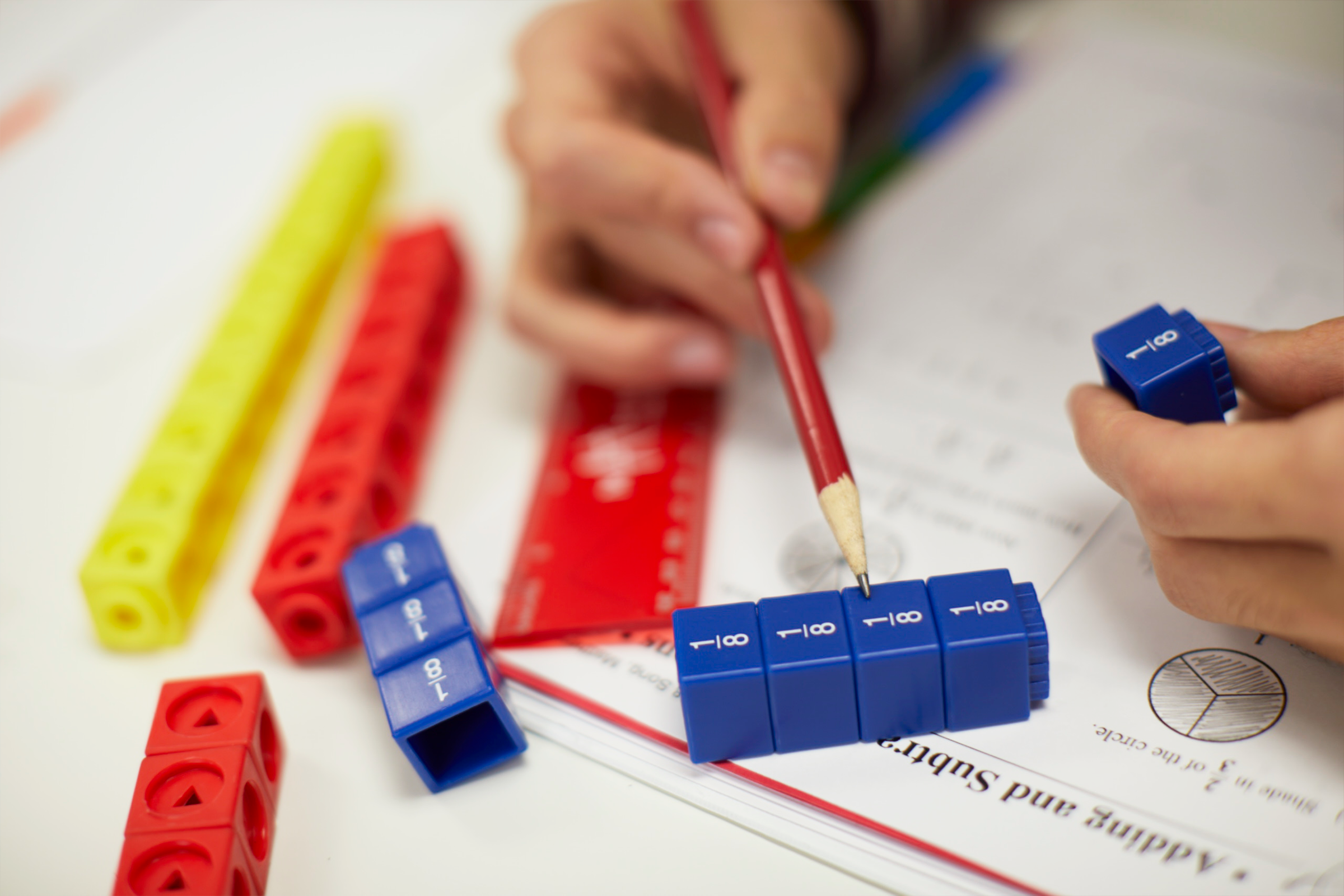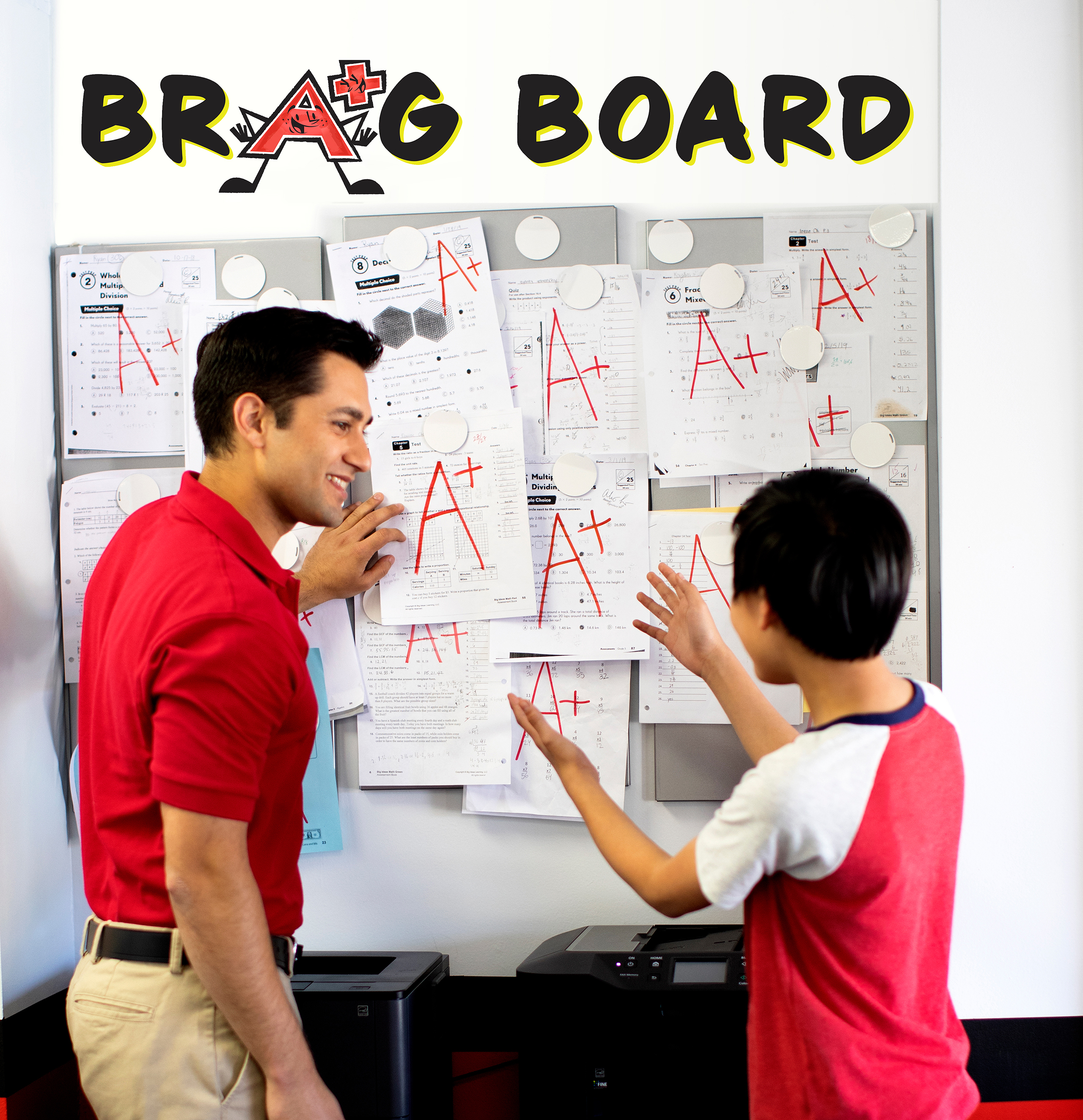8 Ways to Improve Math Skills at Home---
Jan 23, 2023

If your child is struggling with basic math problems, it doesn’t mean they’re destined to be bad at math. Some students need more time to develop the problem-solving skills that math requires. Others may need to revisit past concepts before moving on.
Math is a subject that builds on itself. It takes a solid understanding of past concepts to prepare for the next lesson. With a strong understanding of basic math skills, your child can be set up for academic success.
Because of how math is structured, it’s best to take each year step-by-step, lesson by lesson. It is imperative to improve your child’s math skills while minimizing frustrations and struggles. If your child is growing to hate math, read on for ways to improve their skills and confidence, and to even make math fun for them!
1. Understading the Concepts
The basic math skills required to move on to higher levels of math learning are:
Addition — Combining two or more numbers.
Subtraction — Taking one or more numbers away from another.
Multiplication — Adding equal sets together in groups (2 sets of 3 is the same as 2x3, or 6).
Division — How many equal sets can be found in a number (12 has how many sets of two in it? 6 sets of 2).
Percentages — A specific amount in relation to 100.
Fractions & Decimals — Fractions are equal parts of a whole. Decimals represent a number of parts of a whole in relation to 10. Both are numerical quantities that are not whole numbers.
Spatial Reasoning — How numbers and shapes fit together.

Repetition and practice are great, but it is important to understand the concept first before attempting to move forward. Luckily, there are many great ways to break down math concepts. But the trick is finding the one that works best for your child.
Math manipulatives can change the game for children who struggle with big math ideas. Taking math off the page and putting it into their hands can help with visualization and bring ideas to life. Numbers become less abstract and more concrete when you’re counting toy cars or playing with blocks. Creating these “sets” of objects can bring clarity to basic math learning.
2. Try Game-based Learning
During math practice, repetition is crucial — but it can get old in a hurry. No one enjoys copying their times tables over and over again. If learning math has become a chore, you can still make it fun!
Game-based learning is an exciting way to practice new concepts and solidify past lessons. It can even make repetition way more fun and engaging.
Game-based learning can look like a family board game, card games, or even an educational app.
You can check out 6 Fun Math Games for additional creative ideas on how to have fun while learning math.
3. Bringing Math Into Daily Life
We use basic math every day.
As you go about your day, you can help your child see the math that’s all around them:
- Tell them how fast you’re driving on the way to school
- Calculate the discount you’ll receive on your next Walmart trip
- Help them understand sports and team statistics
- While baking, explain how 6 quarter cups of flour is the same amount of as a cup and a half of flour — then enjoy some cookies!
Relate math back to what your child loves and show them how it’s used every day. Math doesn’t have to be intimidating. Break it down, take away the fear, and watch their interest in math grow.
Daily practice can be tough to implement, especially with a math-averse child. This is a great time to bring out the game-based learning mentioned above. Or find an activity that lines up with their current lesson. Are they learning about squares? Break out the math link cubes and create them. Whenever possible, step away from the worksheets and flashcards and find practice elsewhere.
4. Sketch & Practice Word Problems
Nothing causes a panic quite like an unexpected word problem. The combination of numbers and words can easily cause the brain of a struggling math learner to shut down. But it doesn’t have to be that way and we can use word problems to our benefit.
Many word problems just need to be broken down, step by step. A great way to do this is to sketch out the problem. If Doug has five apples and four oranges, then eats two of each, how many does he have left? Draw it, talk it out, cross them off, then count.
If you’ve been talking your child through the various math challenges you encounter every day, many word problems will start to feel familiar and will become easier for your child to digest.
5. Set Realistic Goals
If your child has fallen behind in math, then more study time is the answer. But forcing them to cram an extra hour of math in their day is not likely to produce better results. To see a positive change, first identify their biggest struggles. Then set realistic goals addressing these issues.
Two more hours of practicing a concept they don’t understand is only going to cause more frustration. Even if they can work through the mechanics of a problem, the next lesson will leave them feeling just as lost.
Instead, try small practice sessions and enlist some extra help. Approach the problem in a new way, reach out to their teacher, try an online math lesson, or enroll them in a local Mathnasium!
Make sure the extra time spent goes to troubleshooting the actual problem, not just reinforcing the idea that math is hard and no fun.
6. Engage With A Math Tutor
If your child is struggling with big picture concepts, look into finding a math tutor at a local Mathnasium. Everyone learns differently, and you and your child’s teacher may be missing that “aha” moment that a little extra time and the right tutor can provide.
It’s amazing when that math puzzle finally clicks for your child. If you’re ready to get that extra help, try a free assessment at a Mathnasium near you!
Mathnasium's tutors are efficient tutors who know how to connect kids to math and can relate to them as well. With the right approach, your child can become confident in math — and who knows, they may possibly begin to enjoy it.
You can schedule a free assessment online or by visiting a center close to you.

7. Focus On One Concept At A Time
If your child is struggling through their current lesson, they shouldn’t skip it and come back to it later. This is the time to practice and repeat — re-examining and reinforcing the current concept until it makes sense.
Look for other ways to approach new math ideas. Use math manipulatives to bring numbers off the page and in to reality. Take a step back when frustrations get high — but resist the temptation to just let it go. Once the concept clicks, they’ll be excited to forge ahead.
8. Embracing Technology to Improve Math Skills
Though much math learning is done with pencil to paper, there are many more ways to build number skills in today’s tech world.
Your child can take virtual and live math courses to work through tough concepts. Or play a variety of online games, solving math puzzles and getting consistent practice while having fun.
Such technical advances can help every child learn math, no matter their preferred learning or study style. If your child is a visual learner, there’s a website or app for that. Do they process best while working in groups? Jump online and find one! Don’t keep repeating the same lessons from their math class over and over. Branch out, try something new and watch the learning click for your child!




 (321) 270-6708
(321) 270-6708












